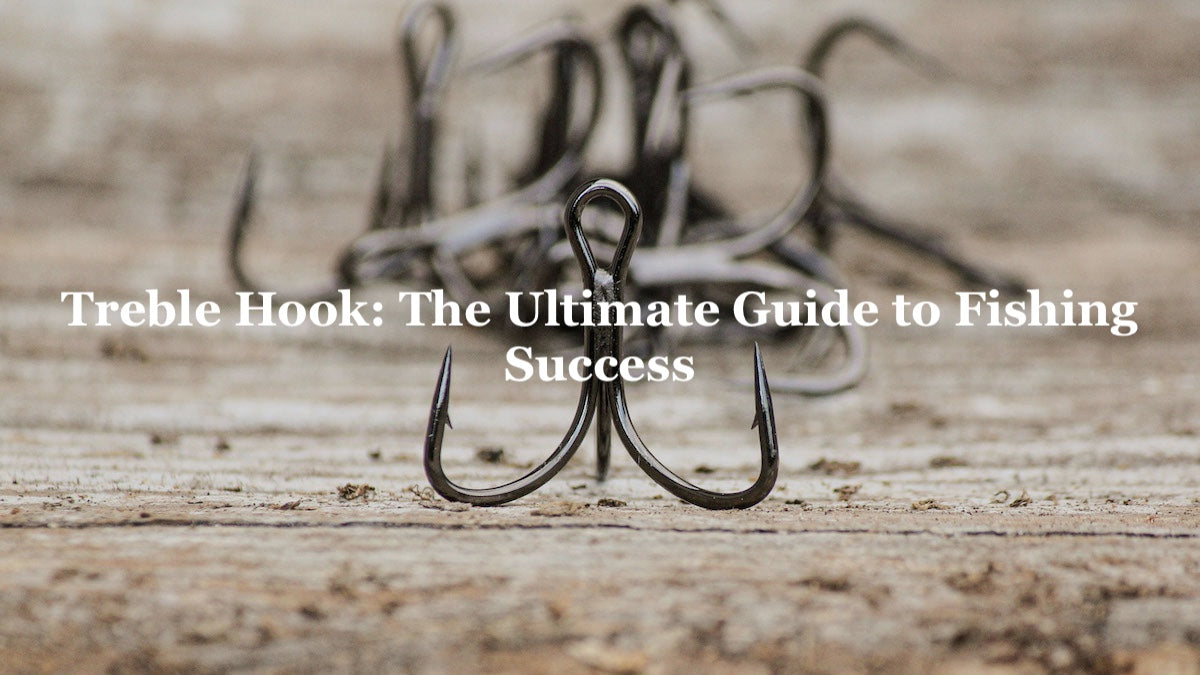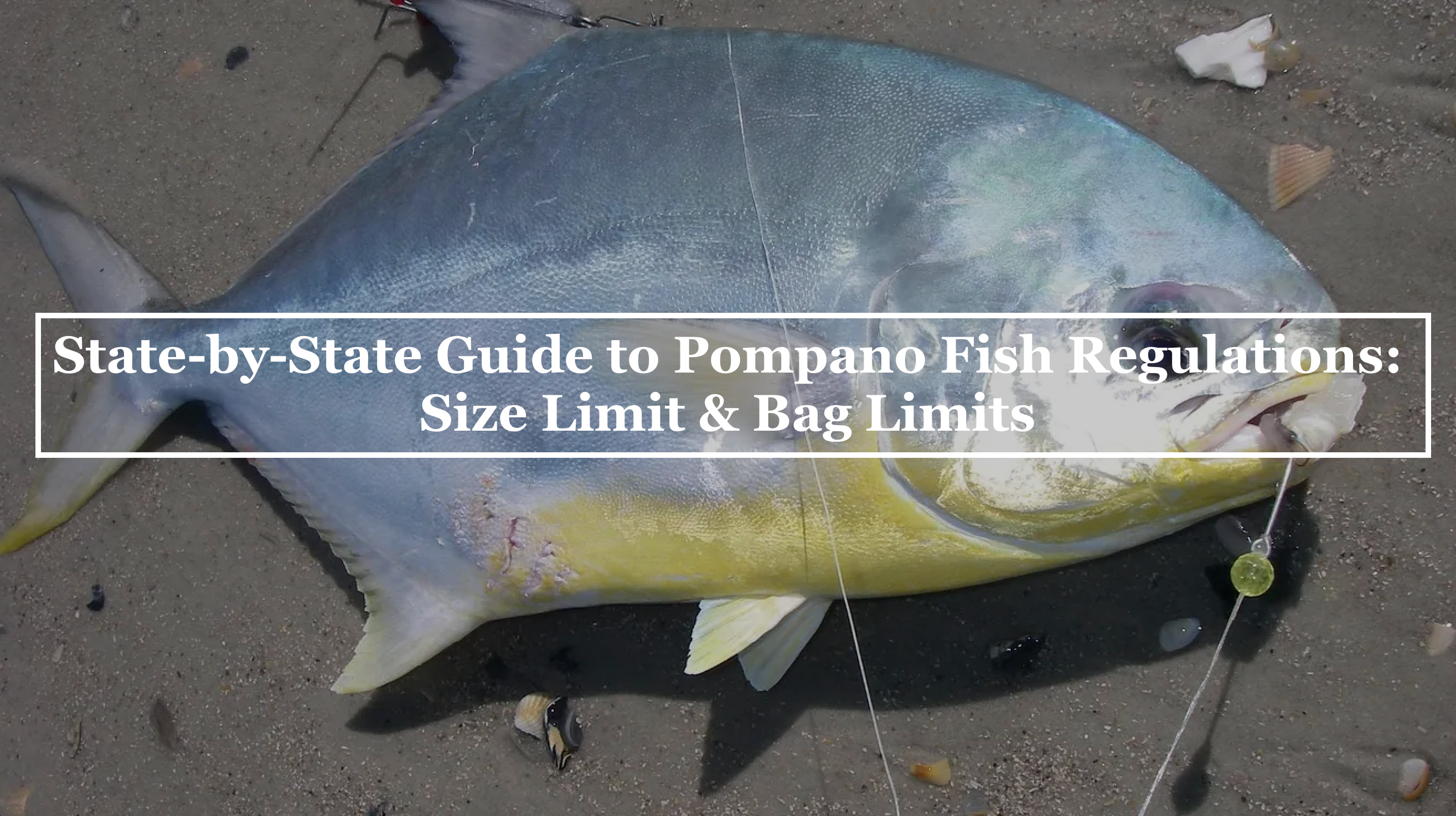The thrill of the line zipping through the water, the heart-pounding wait for a strike, and the epic tug-of-war between angler and fish—these are the moments that define fishing. At the core of this adrenaline-fueled adventure is a small but mighty tool: the treble hook. With its triple-pronged design and relentless grip, the treble hook has earned its place as a go-to in anglers’ tackle boxes worldwide. In this ultimate guide, we’ll dive deep into the world of treble hooks—covering their history, top uses, best lures, tying techniques, and expert tips—to help you master this game-changing piece of fishing tackle for your next big catch.
What Are Treble Hooks? Unveiling the Triple-Threat Design

A treble hook is a powerhouse in fishing tackle, featuring three equally spaced hooks fused onto a single shank. This ingenious design triples your hooking potential, making it a nightmare for fish and a dream for anglers. Available in sizes from a tiny #28 for small species to a massive 6/0 for trophy fish, treble hooks cater to every fishing scenario. Crafted from materials like high-carbon steel for strength or corrosion-resistant alloys for saltwater durability, they’re built to perform under pressure. Whether you’re chasing bass, pike, or salmon, understanding treble hooks is key to boosting your success rate.
The History and Evolution of Treble Hooks
Treble hooks trace their roots back to humanity’s earliest fishing efforts, where natural materials like bone and wood formed primitive hooks. Their story took a leap in Medieval Europe, when anglers braided single hooks into multi-pronged designs to improve catch rates. The Industrial Revolution supercharged their evolution, enabling mass production and sparking the rise of recreational fishing. Today, modern treble hooks are engineering marvels—forged from advanced alloys, precision-sharpened, and often coated for extra resilience. With variations in shank length, barb size, and point angles, they’re tailored for every species and environment, from freshwater streams to deep-sea adventures.
Top Lures Featuring Treble Hooks: Irresistible Fish-Catchers

Treble hooks shine brightest when paired with the right lures. Their multi-point design makes them a staple on some of the most effective fishing lures ever created. Here’s a breakdown of the best treble hook lures and how they dominate the water:
1. Crankbaits
Crankbaits mimic small fish with their diving action, driven by a lip that pulls them underwater. Equipped with treble hooks on the belly and tail, they ensure predatory fish—like bass, walleye, and pike—can’t escape once they strike. From shallow runners to deep divers, crankbaits with treble hooks are a must-have.
2. Spinners and Spinnerbaits
Spinners dazzle fish with spinning blades that create flash and vibration, while a treble hook at the tail seals the deal. Spinnerbaits add a skirt and weight for extra flair, making them irresistible to trout, bass, and northern pike.
3. Topwater Lures
Topwater lures provoke explosive surface strikes by mimicking injured prey. Treble hooks dangling beneath poppers, chuggers, or walking baits ensure bass and muskie stay hooked during the chaos.
4. Jerkbaits
Jerkbaits twitch erratically to imitate wounded fish, with treble hooks along the body locking in sluggish predators like bass and trout—especially in cold water.
5. Spoon Lures
Spoons wobble and flash like dying baitfish, with a swinging treble hook at the rear snagging salmon, trout, and pike with ease.
Changing, Customizing, and Caring for Treble Hooks

To keep your treble hooks at peak performance, regular maintenance and customization are essential. Here’s how to do it right:
- Changing: Swap out dull or rusted hooks for sharp, reliable ones, or adjust sizes to match your target species.
- Customizing: Upgrade to lightweight, high-strength hooks for better lure action, or choose corrosion-resistant coatings for stealth and durability. Opt for barbless hooks for ethical catch-and-release.
- Caring: Inspect hooks for wear, clean and dry them after use, and apply a light oil coat to prevent rust. Store them organized and dry to avoid tangles.
Proper care extends their lifespan and keeps you ready for action.
Mastering Treble Hook Techniques: Tips for Success
Unlocking the full potential of treble hooks requires skill and strategy. Here’s how to master their use:
- Match the Hook: Choose the right size and style (e.g., round-bend or wide-gap) for your lure, bait, and target fish.
- Perfect the Setup: Attach treble hooks securely to lures or use them as stinger hooks with soft baits for better hook-up rates.
- Nail the Hook Set: Time your set carefully—treble hooks need a firm yet controlled pull to penetrate without over-damaging the fish.
Practice these techniques, and you’ll turn more strikes into landed fish.
How to Tie a Treble Hook: Step-by-Step Guide

Tying a treble hook securely is critical for landing fish. The Improved Clinch Knot is a top choice—here’s how to do it:
- Thread the Line: Pass the line through the hook eye, pulling through 6-8 inches.
- Wrap It: Make 5-7 wraps around the standing line with the free end.
- Loop Back: Thread the free end through the small loop above the eye.
- Final Loop: Pass it through the second loop that forms.
- Tighten: Wet the line, pull the standing line to tighten, and trim the excess.
This knot ensures a rock-solid connection.
How to Snell a Treble Hook: Boost Strength and Sensitivity
Snelling aligns the hook with the line for a stronger, more direct hook set. Follow these steps:
- Thread the Line: Pass the line through the eye toward the points.
- Wrap the Shank: Tightly wrap the line around the shank and all three hooks 8-10 times, moving toward the eye.
- Loop Back: Thread the line back through the eye in the same direction.
- Tighten: Pull both ends to secure the wraps, then trim excess.
Snelling is perfect for big fish and heavy-duty fishing.
How to Bait a Treble Hook: Maximize Your Catch

Baiting a treble hook effectively draws fish in and keeps them hooked. Here’s how:
- Live Bait: Thread a minnow or leech through the lip or back with one point, keeping it lively.
- Dough Baits: Mold carp or catfish bait around all three points, leaving tips exposed.
- Cut Bait: Pierce skin-on chunks with one or two points for secure hold.
Balance bait placement for casting stability and hook exposure.
How to Remove a Treble Hook from a Fish: Safe and Ethical
Removing a treble hook requires finesse to protect the fish and yourself. Here’s the process:
- Secure the Fish: Hold it gently with a wet hand or cloth.
- Assess the Hook: Identify its position and plan the easiest removal path.
- Back It Out: Use pliers to press the shank, disengage the barb, and gently reverse the hook out.
- Be Swift: Work quickly but carefully to minimize stress.
- Revive: If needed, move the fish in water to oxygenate its gills until it swims off.
For deep hooks, cut the line and release—the hook will often dissolve.
Why Treble Hooks Reign Supreme

Treble hooks are the unsung heroes of fishing, blending versatility, durability, and hooking power into one compact design. From their ancient origins to their modern mastery, they’ve evolved into an essential tool for anglers targeting everything from panfish to predators. Whether you’re tying them with an Improved Clinch Knot, snelling for strength, or pairing them with crankbaits and topwaters, treble hooks deliver results. Master their use, care for them well, and practice ethical handling, and you’ll see why they dominate the lure fishing scene.
Ready to hook your next trophy? Grab your treble hooks and hit the water!






Share:
The Ultimate Guide to Sheepshead Fishing Rigs: Catch More Convicts
Octopus Hook: The Ultimate Guide to Mastering This Angler’s Essential